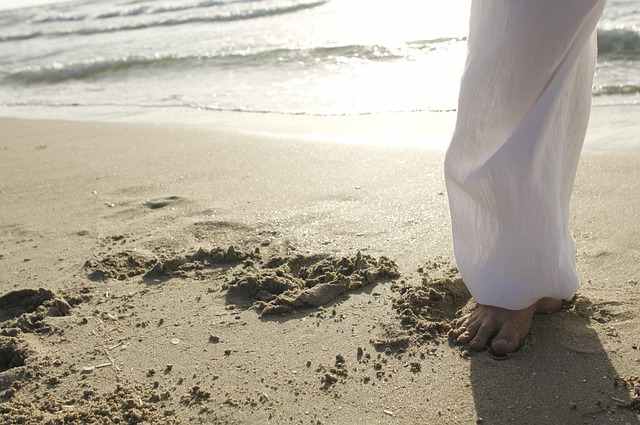The Mystery of the Barefoot White Garment
“Take off your shoes,” the usher said calmly.
Tunde blinked. “Even my slippers?”
“Yes, brother. This is a white garment church. You’re stepping on holy ground.”
It was Tunde’s first visit to the Cherubim and Seraphim church in his cousin’s neighborhood. He had arrived in his favorite sneakers, not expecting anything strange. But standing at the entrance and seeing everyone else barefoot — old men, young girls, even the pastor — he hesitated.
Reluctantly, he slid off his shoes and entered the open space of the church. The floor was cool, the air filled with the scent of incense and shea butter. A soft hymn was playing in the background, and everyone wore spotless white garments that flowed around them like clouds. The calmness unsettled him — but in a good way.
“Why barefoot?”
After service, he turned to his cousin, Moyo. “Why don’t you guys wear shoes? Even on this tiled floor?”
Moyo smiled. “Ah, so you noticed.”
“Of course I noticed. My toes are still frozen.”
“There’s a reason. It’s not just a rule — it’s spiritual. Didn’t you hear the reading from Exodus 3?”
“No,” Tunde shrugged.
“Remove your sandals,” Moyo quoted. “For the place where you stand is holy ground. That was God speaking to Moses.”
“So… because of that verse, you all go barefoot?”
“Not just that. Wearing white represents purity. Shoes have touched all kinds of dirt in the world. How can you wear them into God’s presence?”
Tradition Meets Revelation
Later that day, Tunde asked his uncle, Elder Samuel, who had been in the church for over 30 years.
“Uncle,” he began, “why can’t people wear shoes with their white garments? Is it sin?”
The elder chuckled. “Not sin, but reverence. Going barefoot is a sign of respect. In our African culture, we remove our shoes before entering sacred spaces. It’s the same idea here. You strip off pride, impurity, and comfort to show humility.”
“But what about visitors or the elderly?”
“Everyone is equal before God,” he said. “Rich or poor, healthy or not. We stand on the same ground, barefoot. It reminds us we came from dust and will return to it.”
A Night to Remember
That night, Tunde had a strange dream.
He was standing in a large white room, barefoot, wearing a long garment. A voice whispered, “Remove the dust of pride. You cannot walk with shoes into grace.”
He looked down and saw his shoes turning into heavy stones. As he kicked them off, he felt lighter—free, as if something unseen had been lifted from him.
He woke up sweating.
More Than a Rule
The next Sunday, Tunde returned to the church. This time, he took off his slippers without being told. He felt it differently now—not just as a rule, but as a **reminder**. A way of telling God, “Here I am. No masks. No pride. No distractions.”
He began to notice more: the soft steps of other barefoot worshippers, the gentle harmony in their singing, and how connected everyone felt. It wasn’t just about tradition. It was a lifestyle of humility, unity, and spiritual sensitivity.
He Started to Understand
After a few weeks, Tunde shared his thoughts during youth fellowship:
“Wearing white and going barefoot seemed weird to me at first. But now I realize — when we come before God, we drop everything: our achievements, our pain, our pride. We come as we are, barefoot and willing.”
Everyone nodded. Even the elder who once looked stern smiled softly.
The Message Behind the Practice
Today, Tunde still wears shoes outside. But whenever he steps into the white garment church, he removes them joyfully. Not because he has to—but because now, he understands what it means to walk on holy ground.
And when his friends ask why, he simply says, “To walk with God, sometimes, you have to walk barefoot.”
What do you think about this tradition? Would you be willing to walk barefoot in church? Share your thoughts in the comments below or message us directly.

